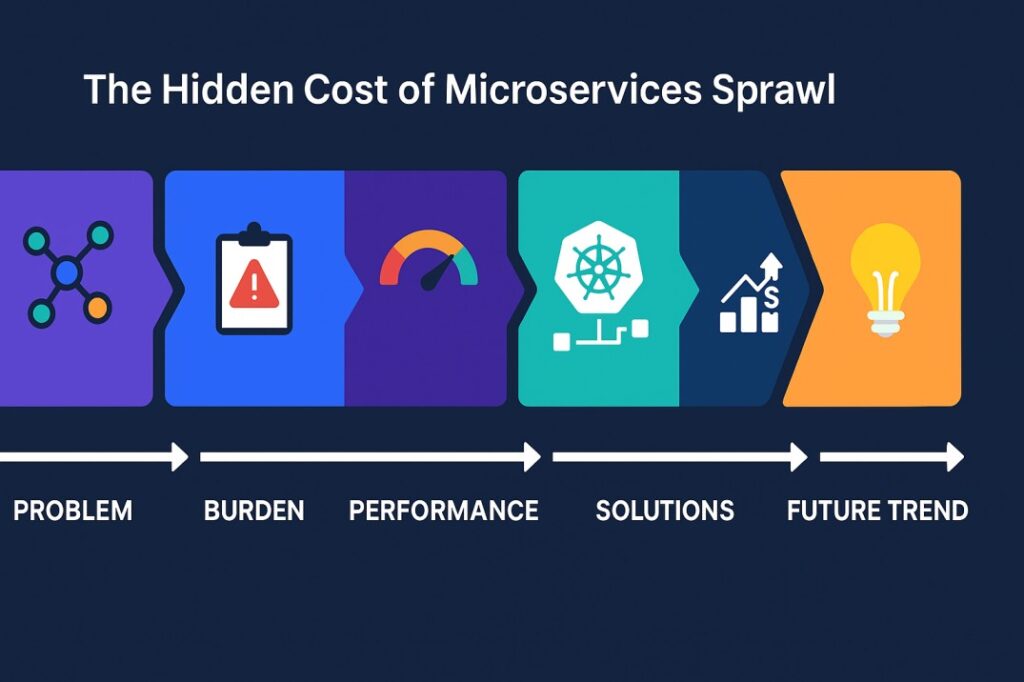
Microservices were meant to accelerate delivery – but unchecked sprawl slows everything down.
In 2025, SREs are rediscovering a truth: more services don’t always mean better scalability.
1. The Problem: Microservice Overload
- Each new service adds network hops, API latency, and deployment overhead.
- Inter-service dependencies create tangled failure chains – one pod down can ripple across dozens.
- Logging, tracing, and alerting systems multiply exponentially.
Example symptom:
95th percentile latency = 1.2s → 3.8s (after adding 12 new services)
2. The Operational Burden
- 200+ services = 200+ Helm charts, pipelines, and SLOs.
- Even automated deployment tools like ArgoCD or Spinnaker hit scale pain.
- SREs spend more time managing service metadata than ensuring uptime.
KubeHA observability shows the cost in Prometheus metrics – idle pods, redundant replicas, and inflated CPU/memory budgets.
3. Performance Impact
- Network latency: gRPC/HTTP overhead grows with service depth.
- Cold starts: autoscaled microservices restart frequently, killing response times.
- Data fragmentation: every service with its own database = increased I/O latency.
- Security policies: multiple namespaces = policy duplication & RBAC explosion.
4. Modern Solutions
- Service consolidation: merge low-traffic or tightly coupled microservices.
- Async communication: replace sync APIs with event-driven queues (Kafka, NATS).
- Service mesh optimization: reduce sidecar overhead; migrate to ambient mode (Istio 1.20+).
- Observability centralization: correlate metrics/logs/traces in KubeHA or OpenTelemetry instead of service-level dashboards.
5. The Business Impact
- Rising infrastructure cost (underutilized nodes).
- Deployment delays due to longer dependency chains.
- Increased cognitive load – teams can’t reason about the system as a whole.
6. Future Trend: Smart Service Reduction
In 2025, SREs and architects are rethinking “microservice maximalism.”
The new trend: Microservices → Smart Services → Modular Monoliths
Design with observability, ownership, and simplicity in mind.
Bottom Line:
Microservices should accelerate innovation – not complexity.
The future lies in smart consolidation, better observability, and automated topology analysis.
👉 Follow KubeHA for service-mapping insights, OpenTelemetry visualizations, and automated cost-performance balancing.
Experience KubeHA today: www.KubeHA.com
KubeHA’s introduction, 👉 https://www.youtube.com/watch?v=PyzTQPLGaD0